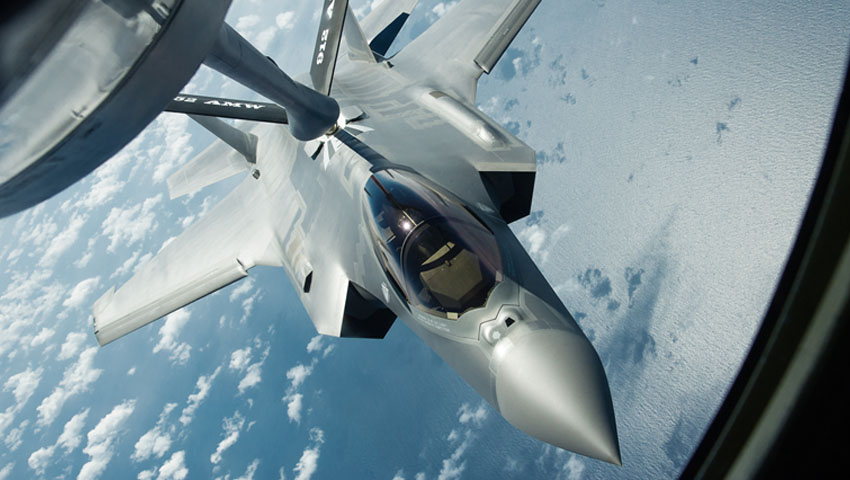The F-35 Joint Strike Fighter, despite its teething problems, is earmarked as one of the most transformational air combat capabilities in human history and will deliver revolutionary capability to the Royal Australian Air Force and allied air forces the world over, and keeping it at the forefront of capability is a constant job.
To continue reading the rest of this article, please log in.
Create free account to get unlimited news articles and more!
The F-35 represents a leap ahead in aviation innovation. It’s an aircraft that delivers unique characteristics never seen before – fifth-generation fighter jet capabilities in a lethal, connected, stealthy package.
This National Aviation Day, we look to both the history of the F-35 and its future as it grows, matures and continues to provide operators around the world with transformational capability.
A core premise of the F-35 from the earliest concepts was to create a multi-role fighter aircraft, capable of meeting the various operational requirements of both the US Air Force, US Navy and Marine Corps and allied forces around the world.
The Joint Strike Fighter (JSF) project was developed to replace a wide range of existing fighter, strike and ground attack aircraft for the US and international partners.
This was accomplished through the development and production of three variants that combine a long list of capabilities and characteristics including advanced stealth, fighter aircraft speed and agility, fully fused sensor information, network-enabled operations and advanced logistics and sustainment.
The result of the JSF competition was two Lockheed Martin test airplanes that pushed the boundaries of what’s possible. History was made during the final qualifying Joint Strike Fighter flight trials, in which the X-35B STOVL aircraft took off in less than 150 metres, went supersonic, and landed vertically – a first in aviation also known as “the hat trick”.
Another unique aspect of the F-35 program is the global contribution to development, production and sustainment. With components from global aerospace and defence companies and a common production line for all three variants, the F-35 is the first international fifth-generation fighter.
As the program matures and services around the world continue to build out their fleets, the F-35 will continue to be a platform that can penetrate, persist and protect in contested airspaces, all while absorbing, fusing and sharing information, acting as an integrator and force multiplier to support Joint All-Domain Operations – something no other multi-role fighter in existence can match.
As of August 2020, 555+ F-35s have been delivered to nine nations, with eight services having declared initial operational capability, meaning they’re operationally ready to deploy and conduct missions around the world.
With more than 300,000 flight hours, and 1,110 pilots and 9,400 maintainers having been trained to operate and keep the F-35 flying, the program has hit its stride.
These numbers reflect a program that is growing and maturing rapidly, while increasing efficiencies and lowering costs – across the board, the F-35 is delivering.
As the battlespace evolves, the F-35 will evolve with it. With advanced sensors, stealth and sustainment, the F-35 is already on the cutting edge of aviation.
Through modernisation and upgrades the F-35 will continue to stay ahead of threats, ensuring our men and women in uniform can execute their missions and come home safe for decades to come.
The Lockheed Martin F-35 JSF is billed as a catalyst for the fifth-generation revolution, changing the face and capability of the RAAF and the wider Australian Defence Force.
For the RAAF, the F-35A's combination of full-spectrum low-observable stealth coatings and materials, advanced radar-dispersing shaping, network-centric sensor and communications suites – combined with a lethal strike capability – means the aircraft will be the ultimate force multiplying, air-combat platform.
Ten nations are currently flying F-35s, including the US, UK, Italy, Norway, Israel and Japan. The first of Australia’s F-35A aircraft are now based on home soil after a period of training and development at Luke Air Force Base in Arizona, plus an epic Pacific Ocean crossing in December 2018.
Over the coming years, Australia will purchase 72 of the advanced fifth-generation fighter aircraft as part of the $17 billion AIR 6000 Phase 2A/B program – which is aimed at replacing the ageing F/A-18A/B Classic Hornets that have been in service with the RAAF since 1985.

 Login
Login







